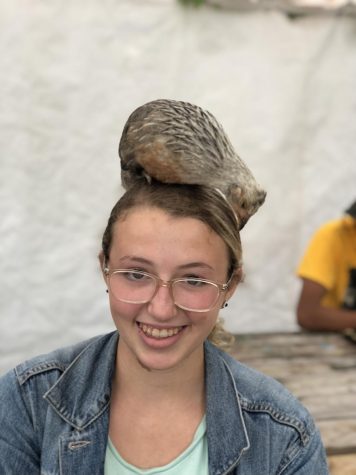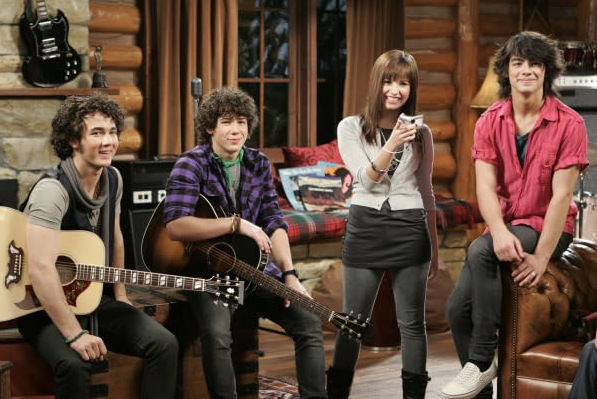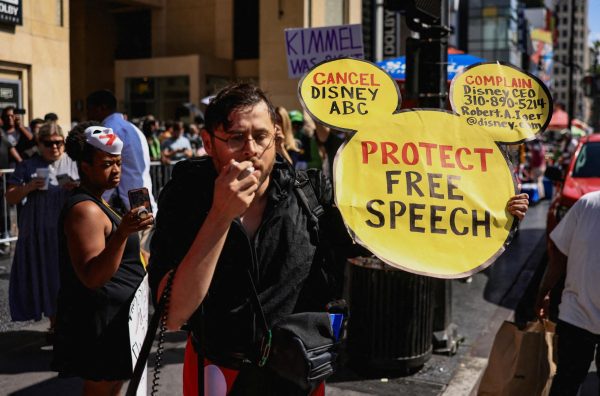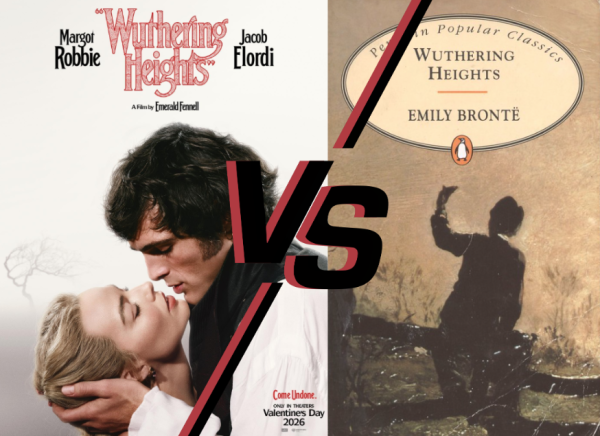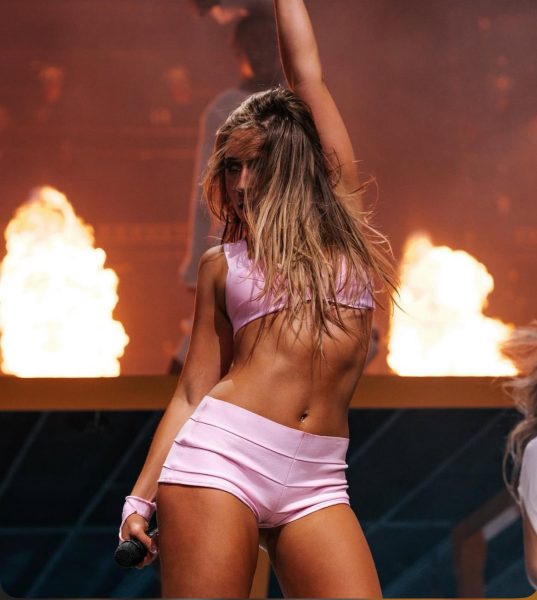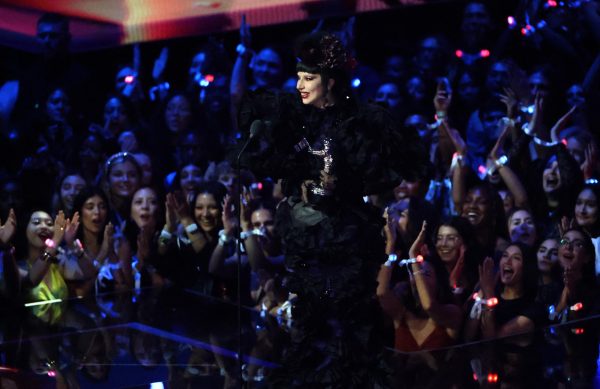Media lacks real queer narratives
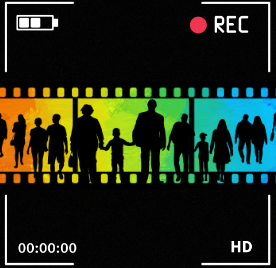
Queer representation as one line sidekicks must become a thing of the past.
Representation in the media gives a voice to those not heard and shines light on diversity. In the midst of Pride Month, it’s especially important to understand queer representation and uplift voices in the media.
Historically, queer representation in media has been through subtext, using subtle metaphors to represent queerness, often in a negative light. As time has progressed, there have been steps to increase visibility, but there is room for much more.
Time and time again, queer audiences are exploited for profit and ultimately disappointed. Disney has announced their “first’’ openly gay character for the screen nearly 10 times, yet when queer characters appear on screen, their presence is usually insignificant.
“Supernatural,” a popular CW television show, made a massive profit off of the relationship between Dean Winchester and Castiel, which involved heavy queerbaiting, a practice employing subtle methods to hint at queer relationships while never explicitly confirming them. Similarly, in 2007, JK Rowling announced that Dumbledore was gay, providing only an idea of representation rather than anything concrete.
All of these have one thing in common: no character is explicitly queer.
Very recently, “The Owl House,” a Disney kids show, had one of the first openly bisexual protagonists in Disney media, and “Strange World” had one of Disney’s first openly gay protagonists. These seem like a win for representation, but with one look at the cancellation of “The Owl House” after its third season, or the minimal marketing of “Strange World”, it is clear that they were set up to fail.
This is 2023. Queer people shouldn’t have to accept scraps of representation from companies doing the bare minimum to get a quick buck. Queer people deserve to have their stories told, stories that have been silenced for generations. The first step needs to be media made by queer people, for queer people.
